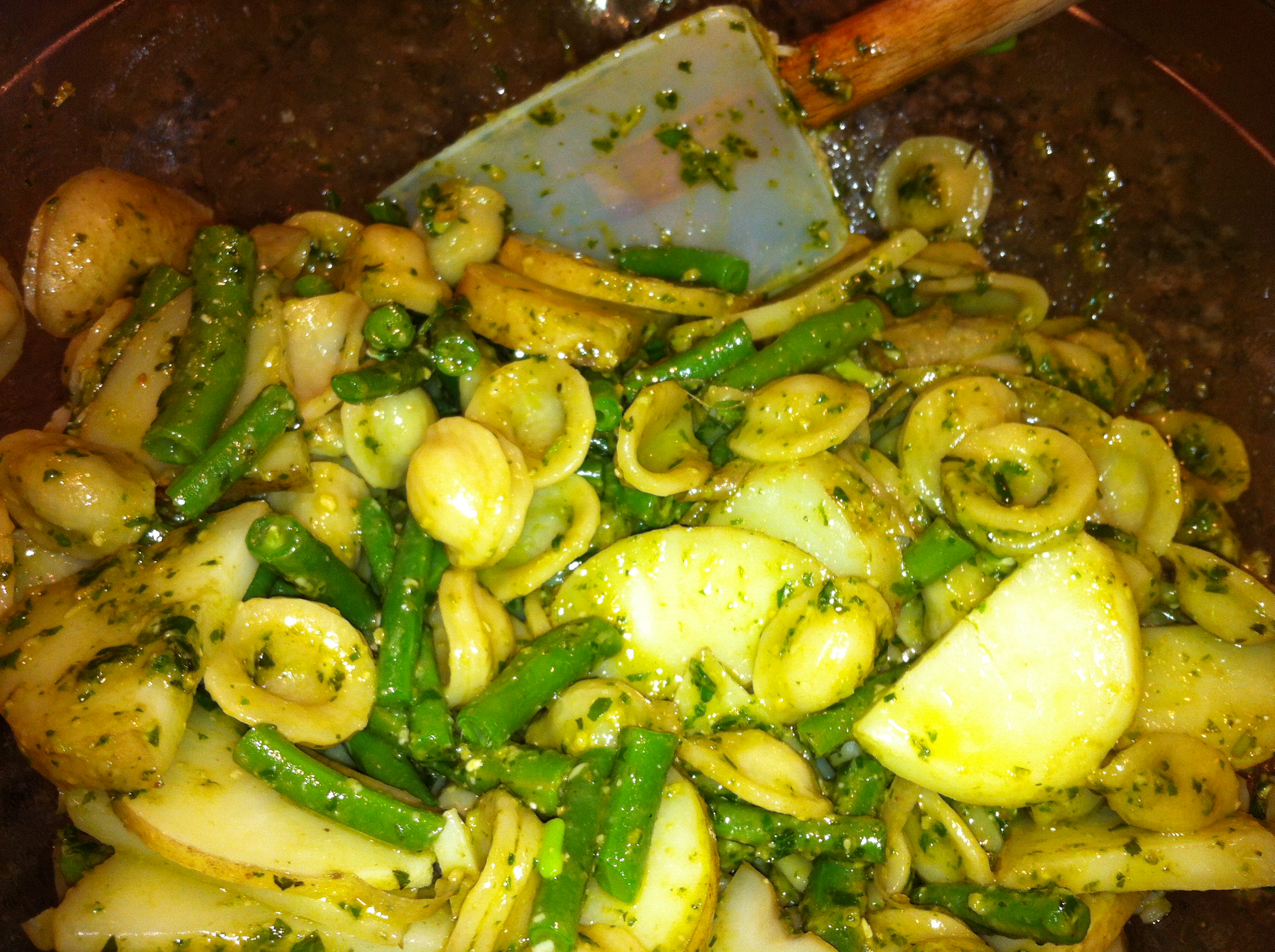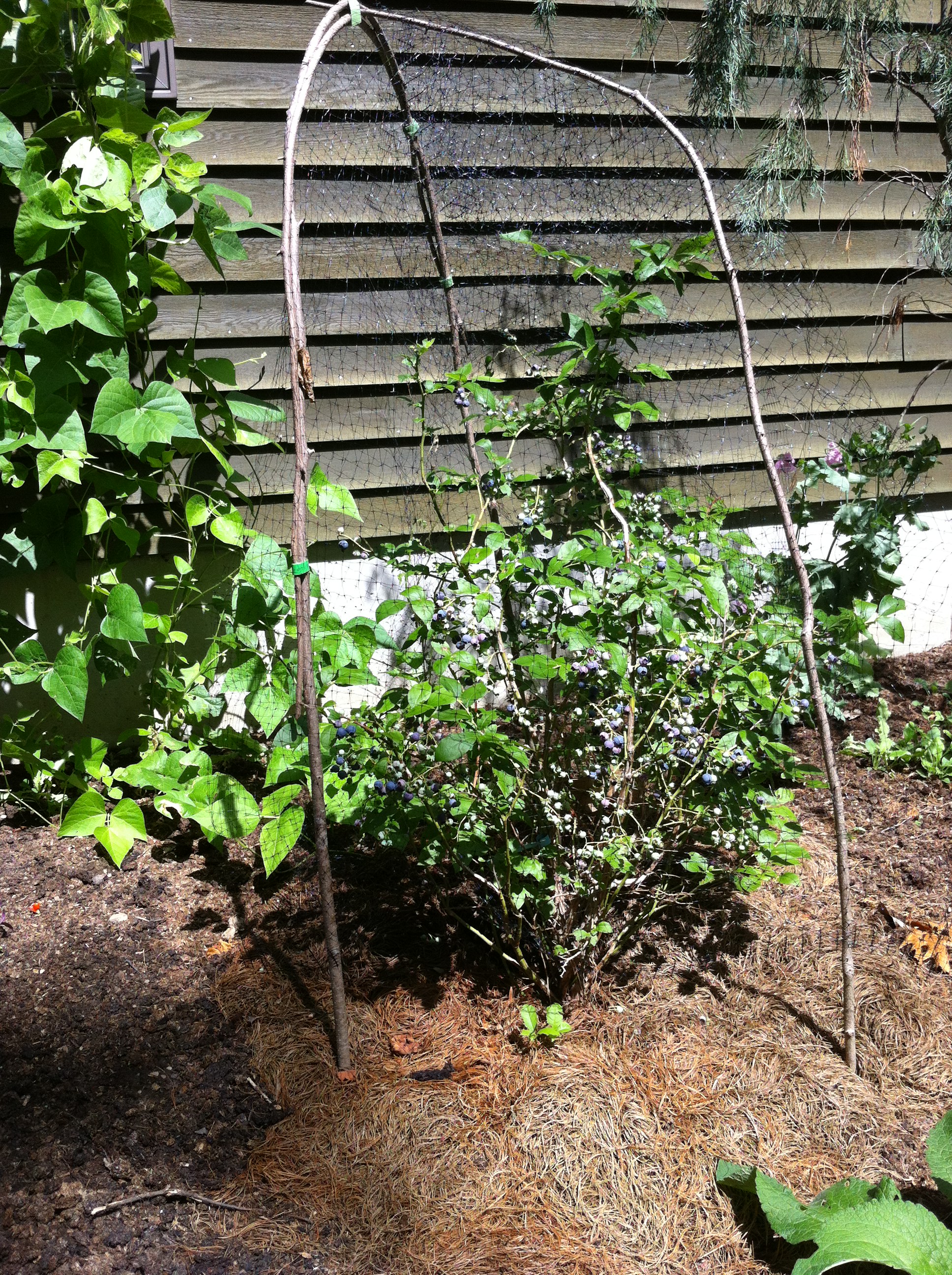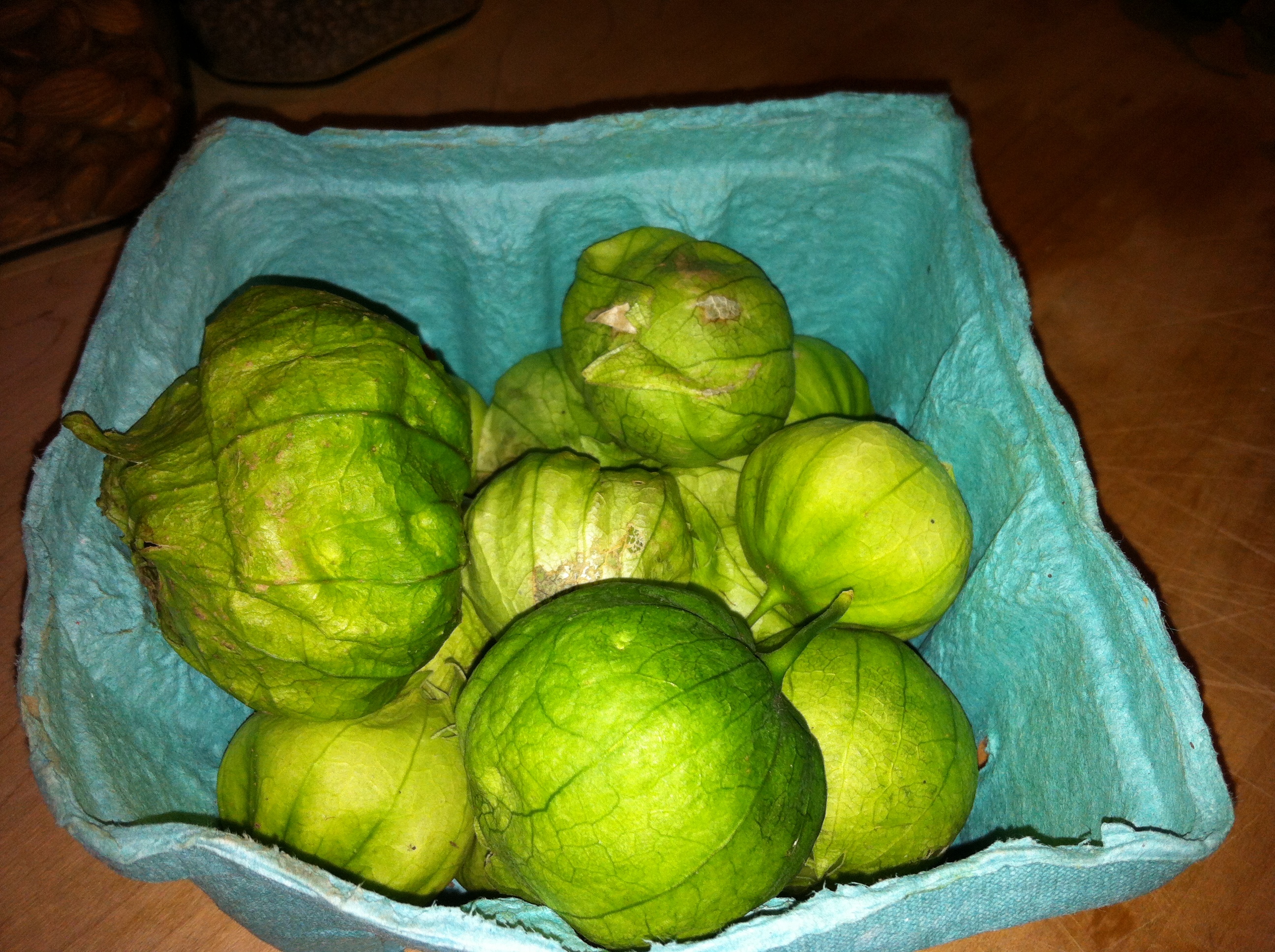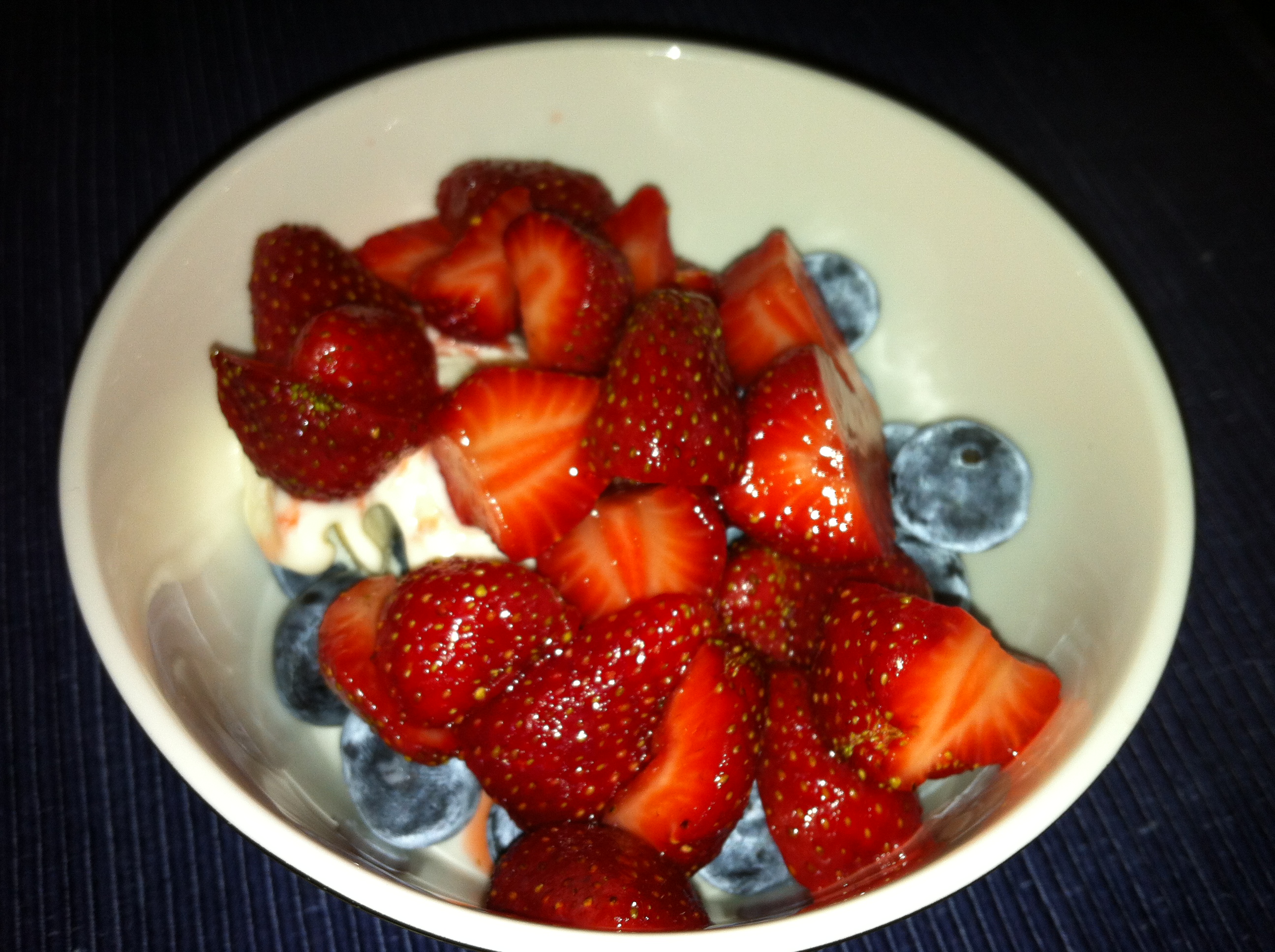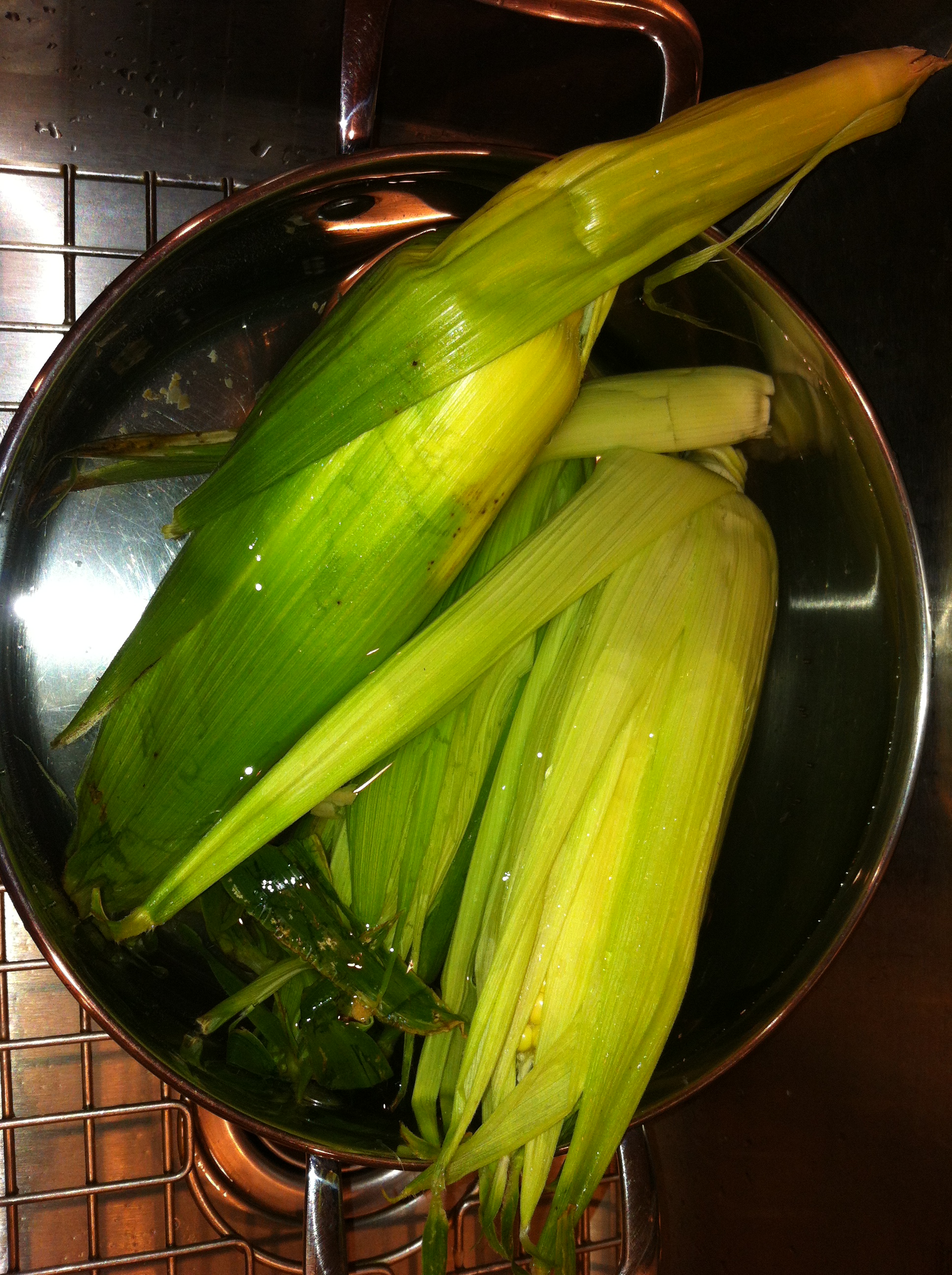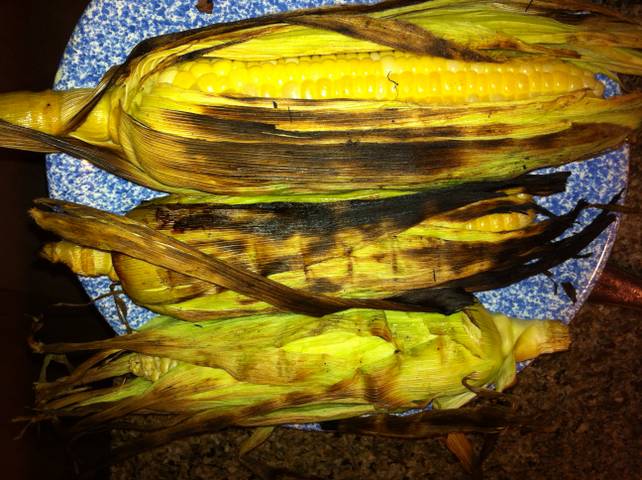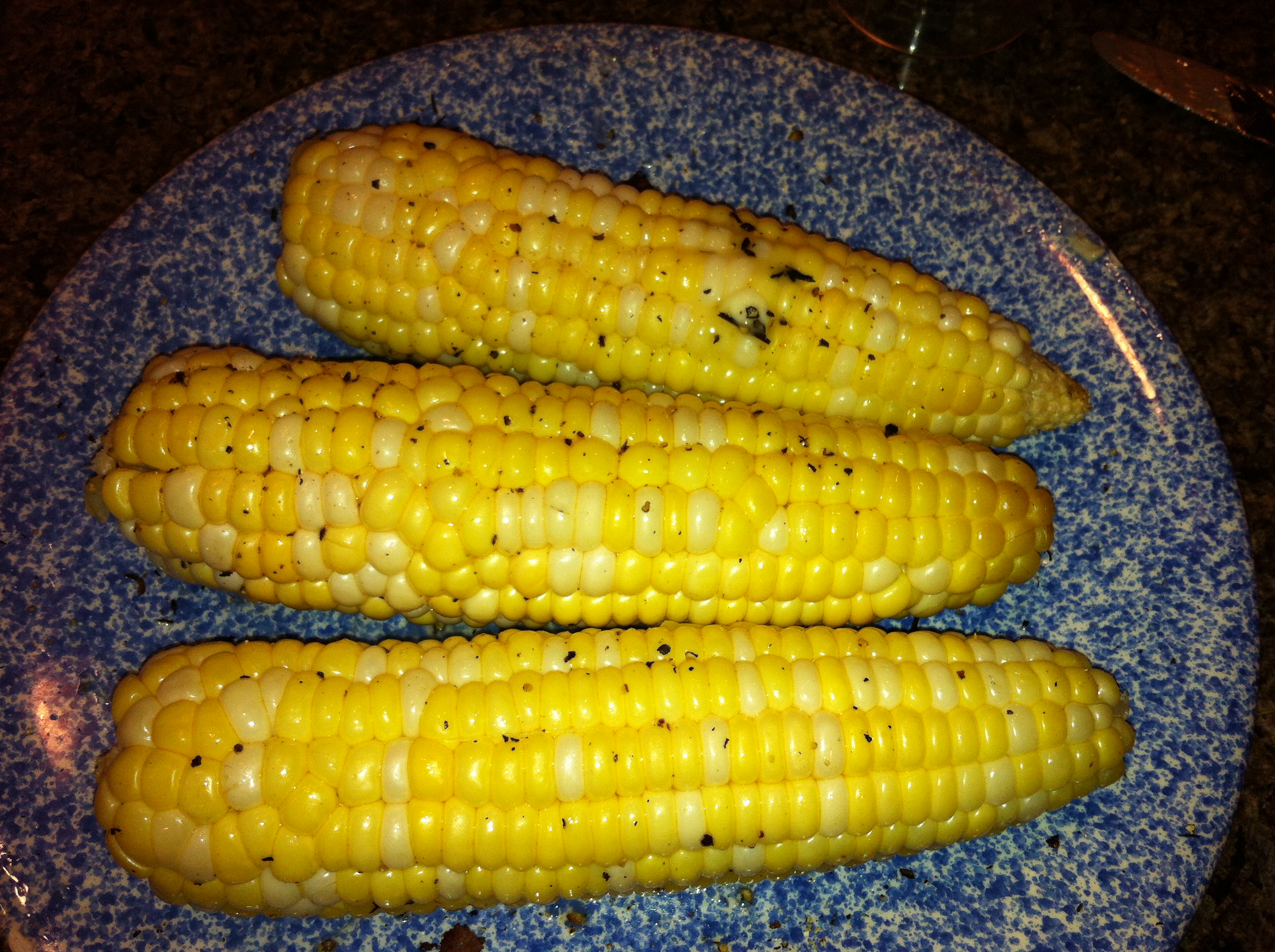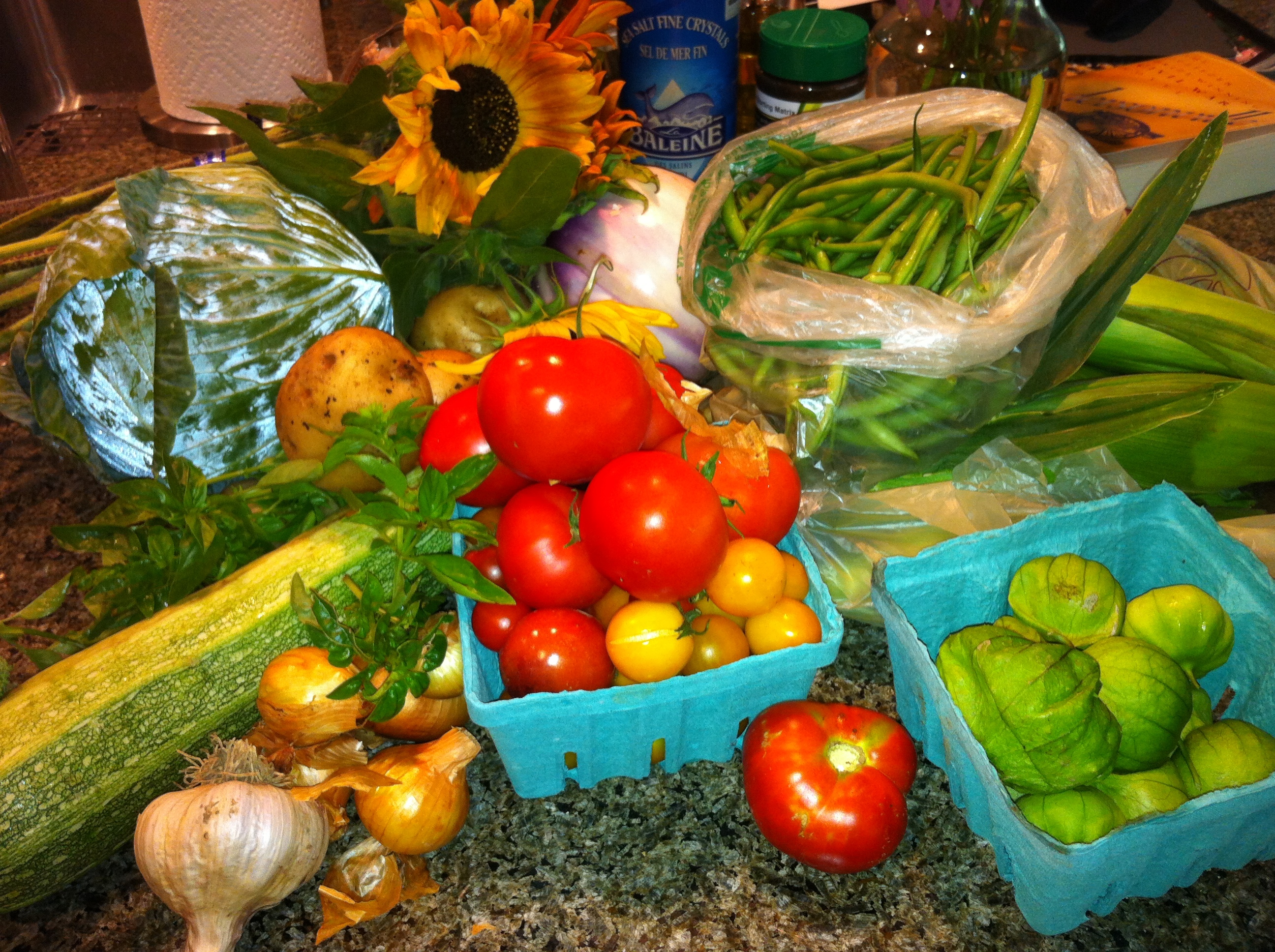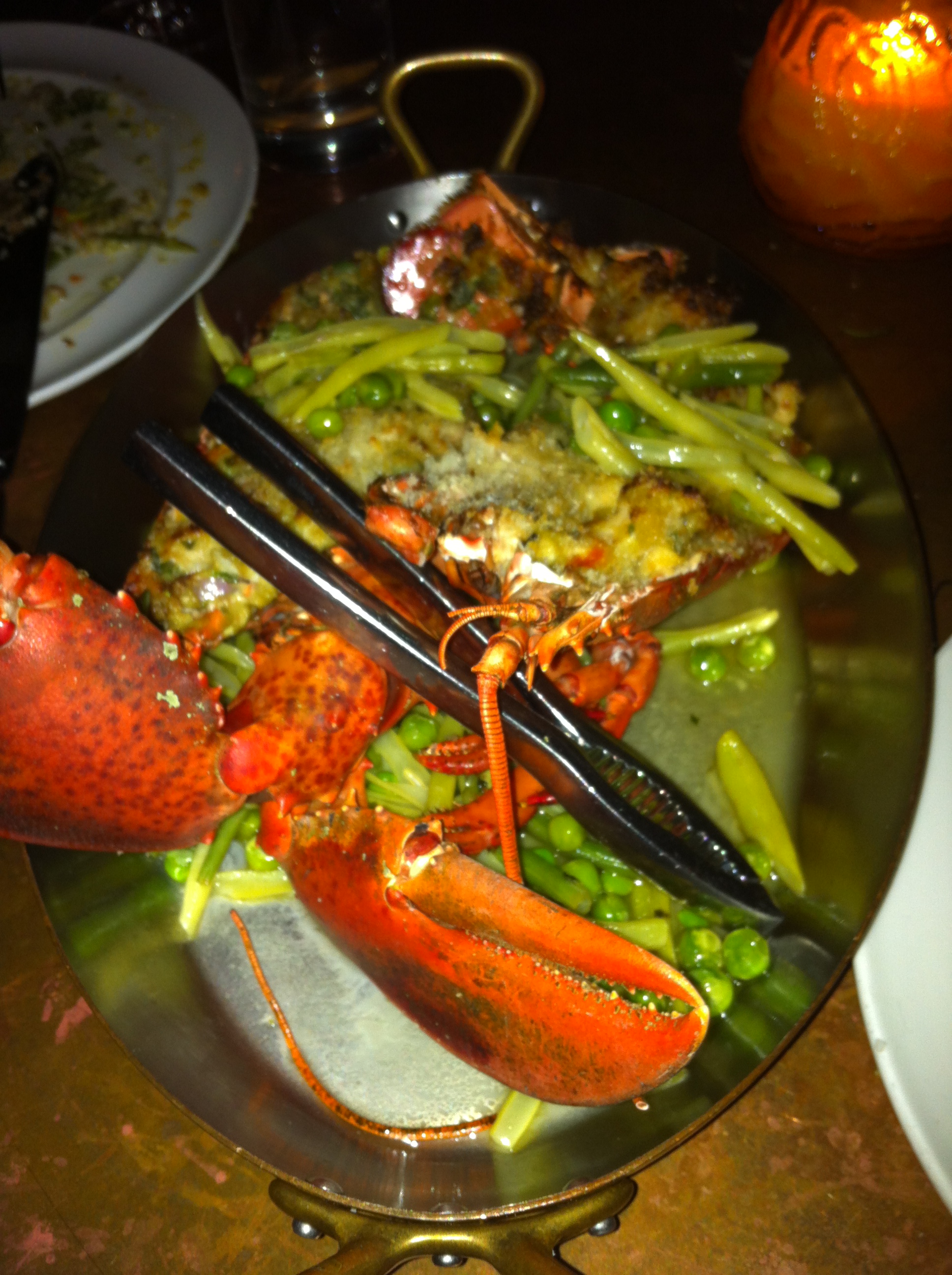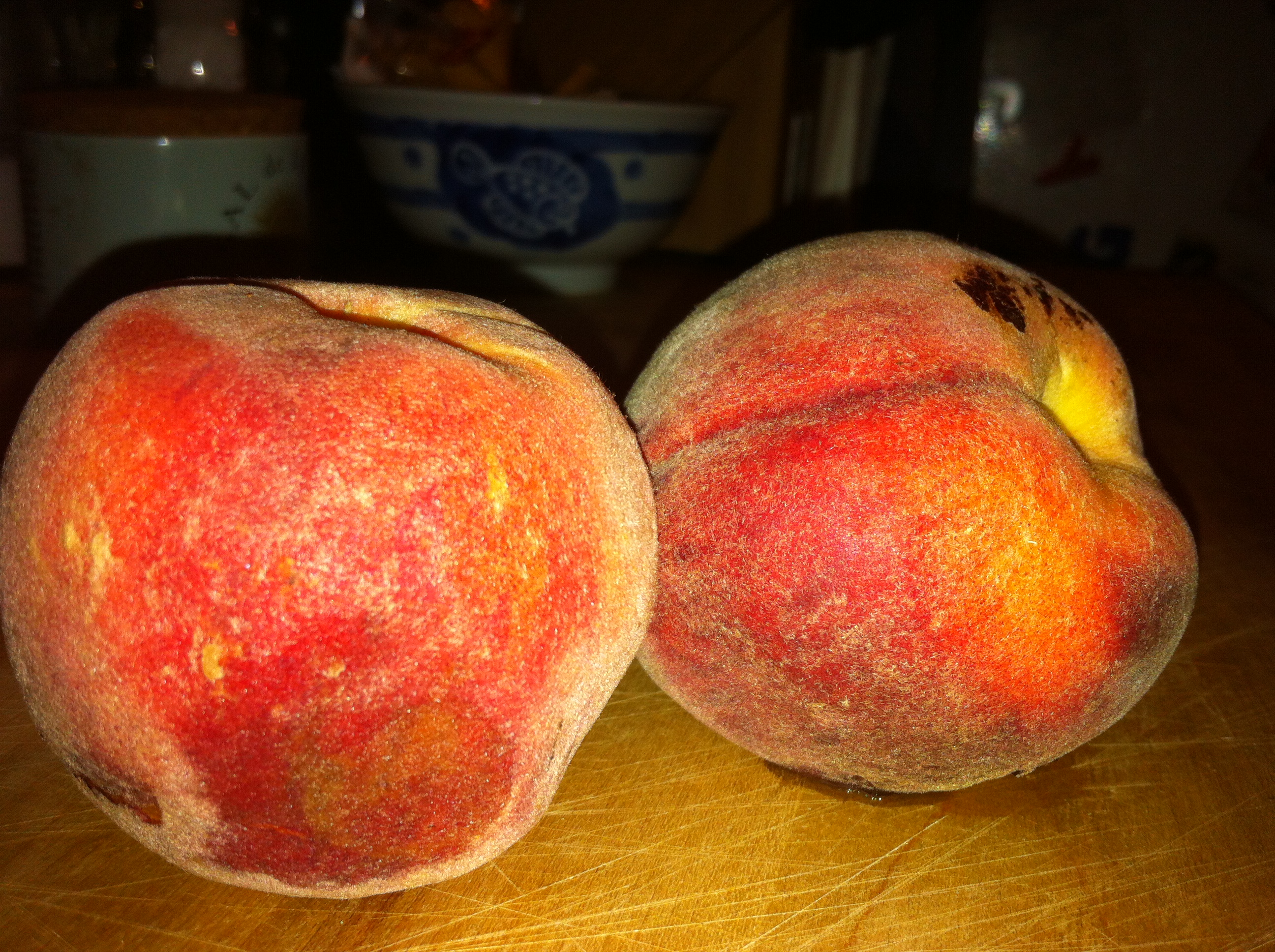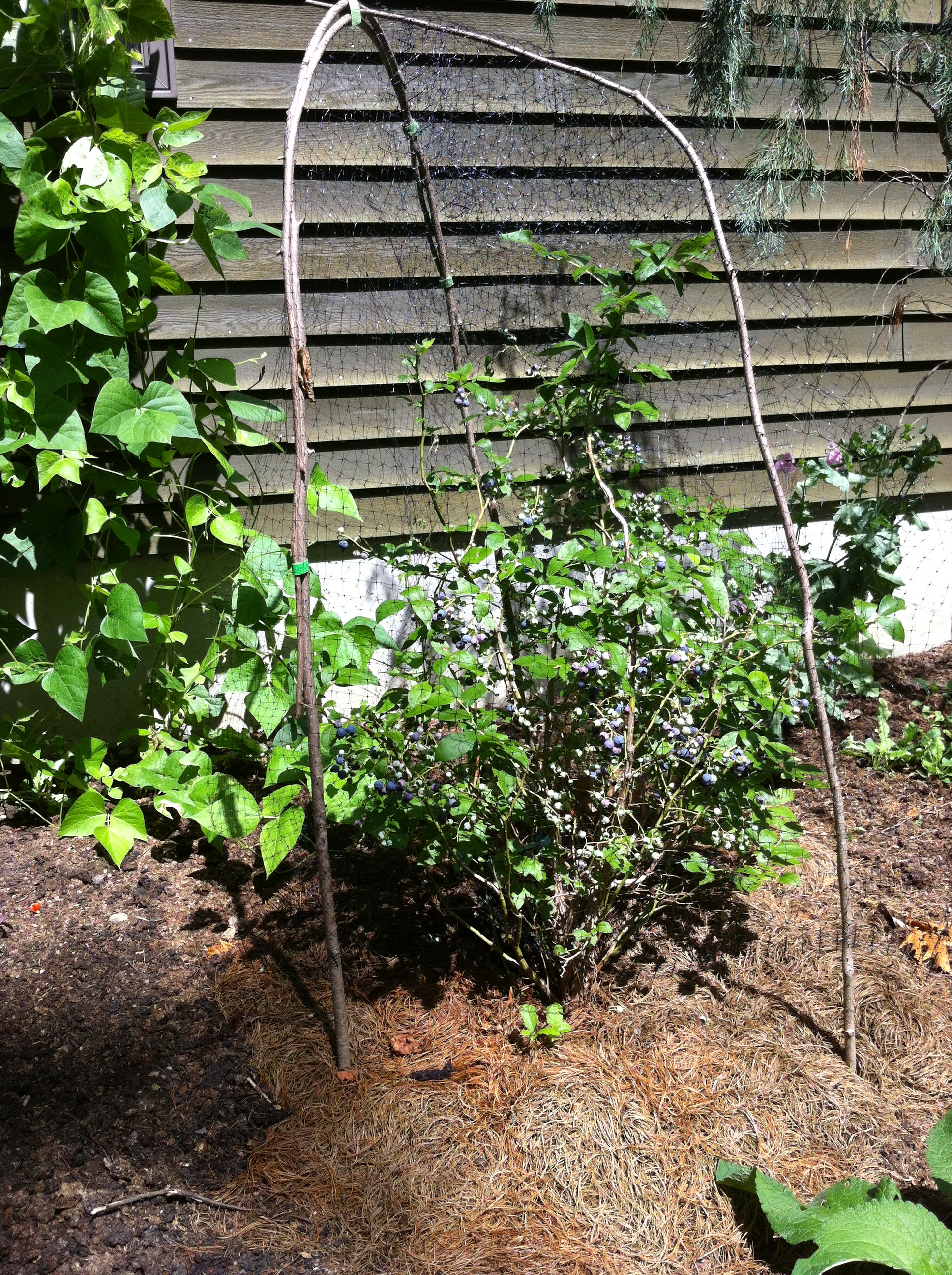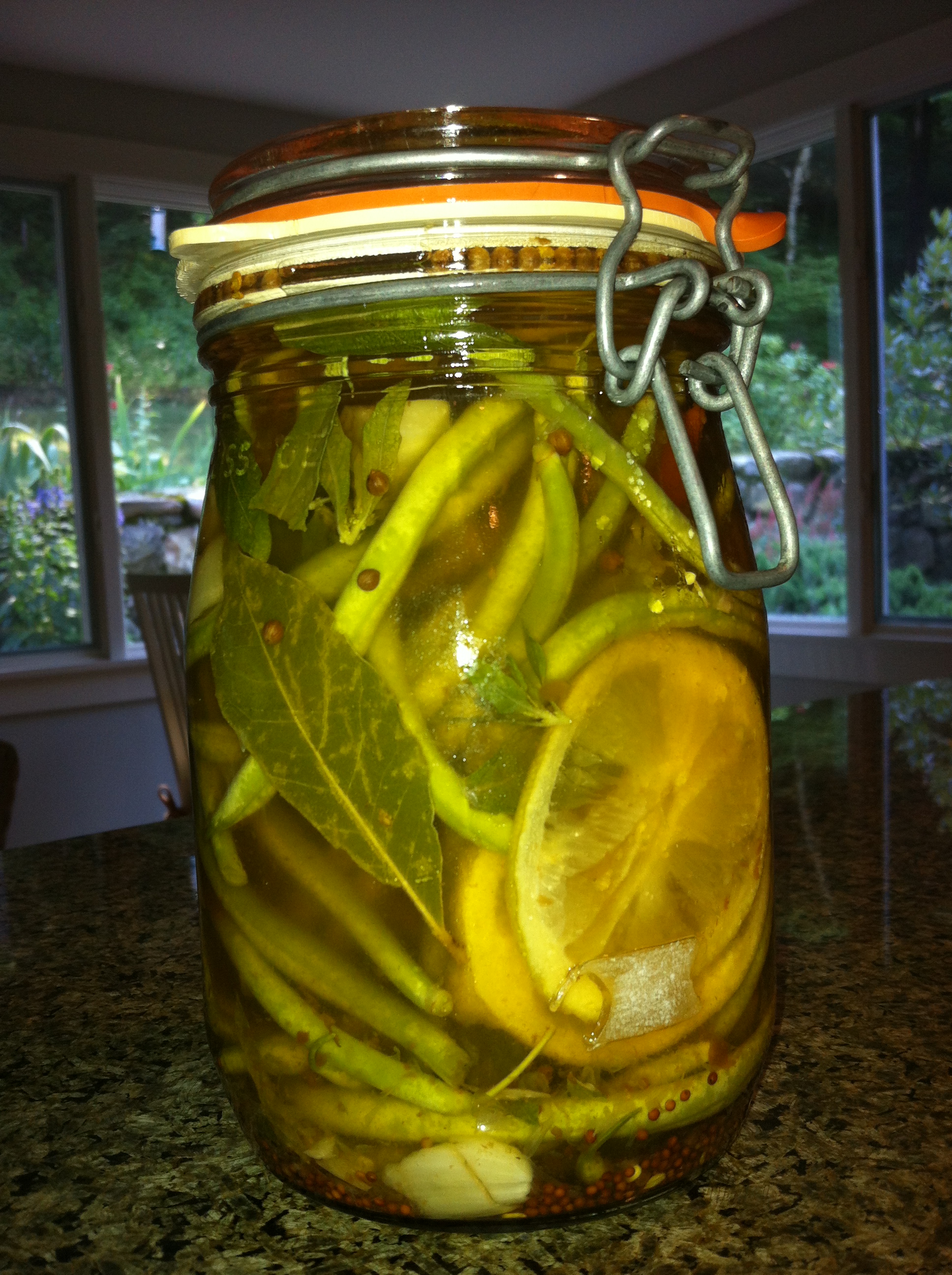A few days late, but wanted to share details on Sunday’s yummy lunch, prepared primarily from Saturday’s CSA pick-up. We made a delicious, traditional Pasta al Pesto Genovese. The traditional version is prepared with boiled potatoes and green beans in addition to your standard pesto. You use the same boiled water for the veggies as the pasta, giving the pasta another layer of flavor. I was inspired by a few things:
- String beans, potatoes and garlic in our CSA stash
- Basil plant in my garden growing like wild. Growing like wild for Western Massachusetts, not the Mediterranean, meaning it was about 6″ high, bright green and bushy, and in want of a haircut
- My upcoming trip to the Italian seaside (please don’t hate me)
I’ve only had this dish in restaurants or at someone’s home and never prepared it on my own, so I was excited to give it a whirl. Here’s the final product:
It did not disappoint. Hubs and I loved it. We used orecchiette pasta (shaped like little ears) because it would be easier for little Sam to eat than spaghetti, which would be the traditional pasta to use. Ironically, omnivorous Sam wanted nothing to do with the Pasta al Pesto lovingly prepared by his parents. Normally a big fan of pasta, I guess he’s just not that into pesto. His loss. Here’s the recipe for 4 servings
Pasta al Pesto Genovese
- 2 medium new potatoes, sliced 1/4″ thick
- 1/4 – 1/2 pound string beans, trimmed and cut into 2″ pieces
- 1/2 pound spaghetti (or other long, thin pasta)
- Pesto. Here is a basic recipe to follow (1/2 a batch should do, and you can keep the rest of the batch for another use)
- 2-3 tablespoons reserved cooking liquid from the pasta
Instructions:
- Fill a large pot halfway with water and bring to a boil. Salt generously and add potatoes. Cook until tender. Remove from pot with slotted spoon and set aside Some recipes instruct you to cook the potatoes whole, then slice them after they’ve been boiled. I think it is easier to start with the potatoes sliced so you don’t have to wait for them to cool later
- Add string beans to the same pot of water. Cook until tender (not overcooked), and remove with slotted spoon and set aside.
- Add pasta to water and cook according to directions on package. Test for doneness and reserve a few tablespoons of the cooking water when you drain the pasta.
- Toss the pasta in a serving bowl with the pesto, potatoes, string beans and cooking liquid (as needed). Serve immediately.

